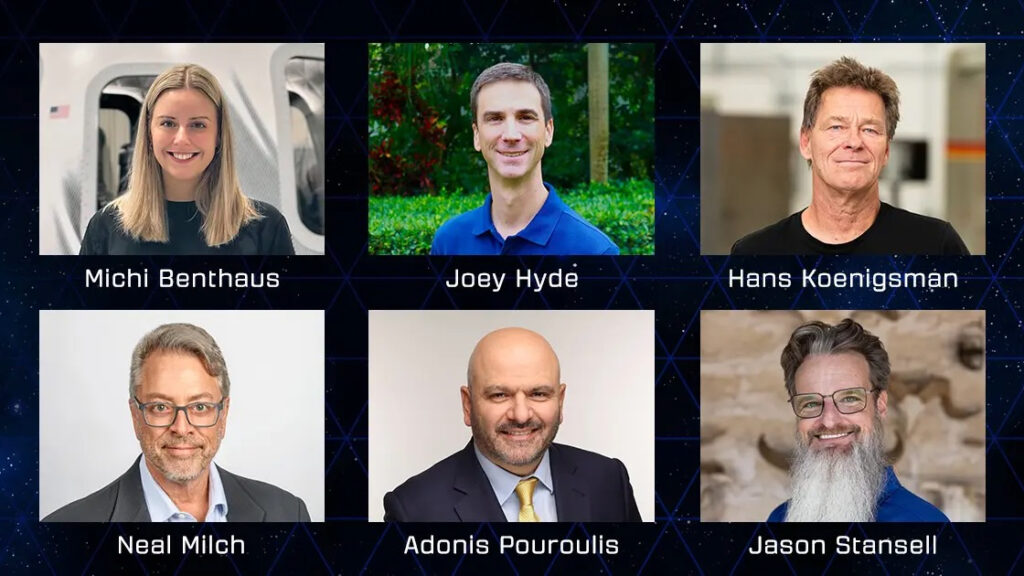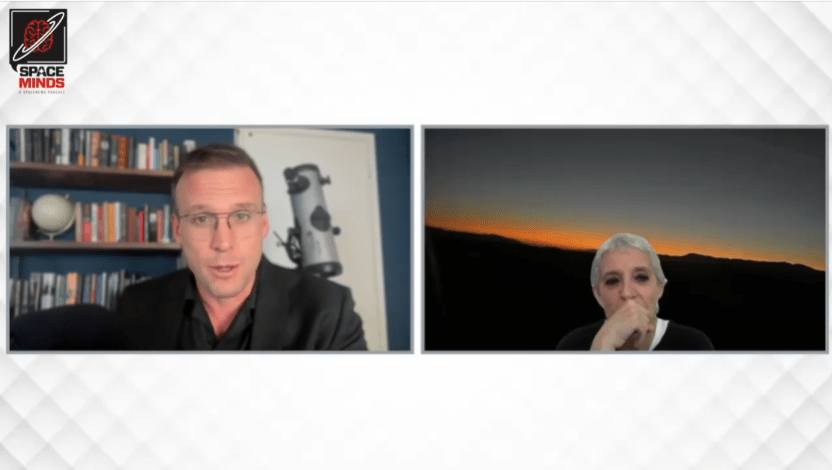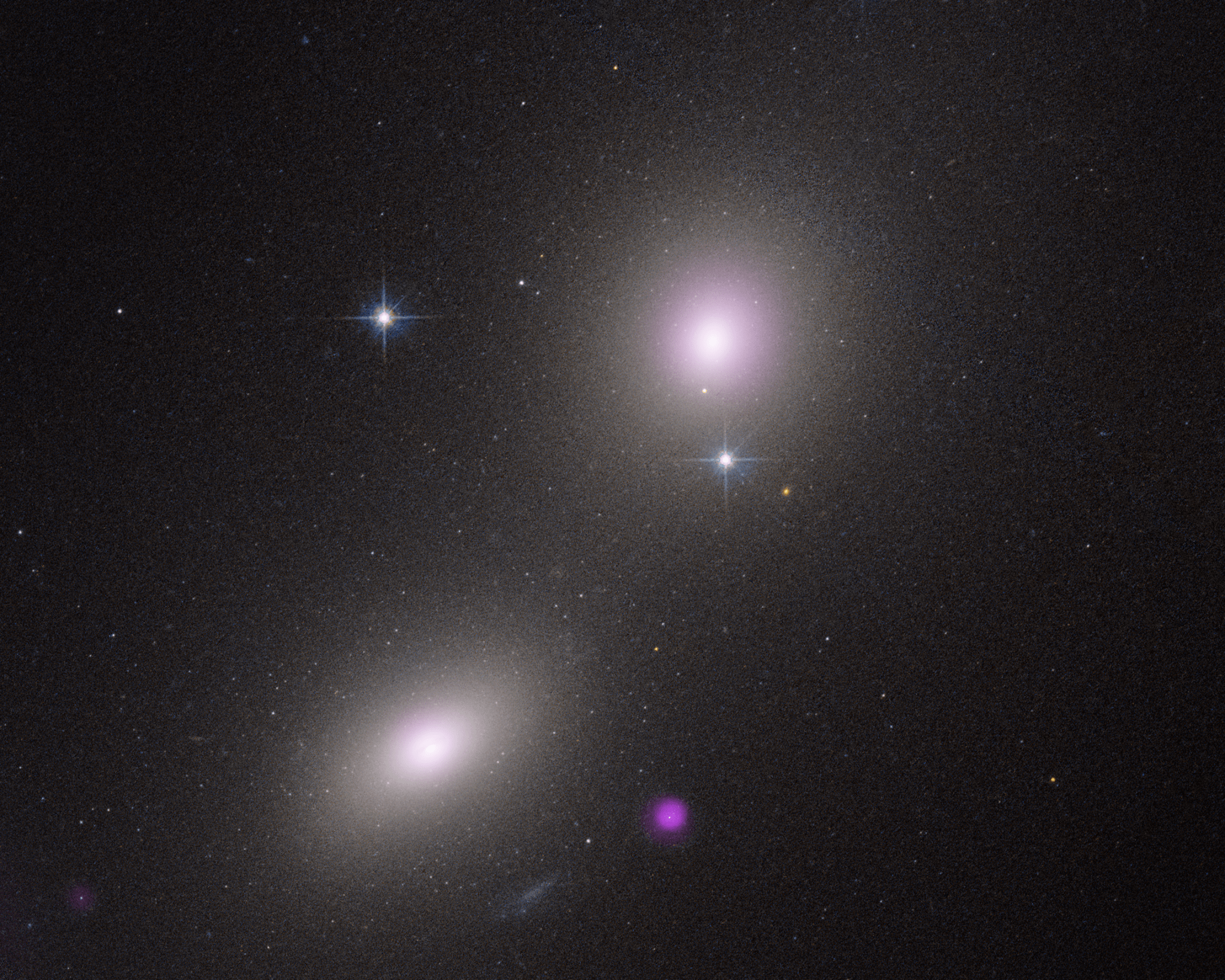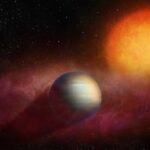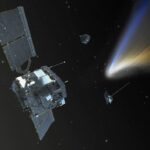Now Reading: ‘Alien: Earth’ creators Noah Hawley and David W. Zucker want to ‘mimic the feeling of discovery’ you felt when watching the original (exclusive)
-
01
‘Alien: Earth’ creators Noah Hawley and David W. Zucker want to ‘mimic the feeling of discovery’ you felt when watching the original (exclusive)
‘Alien: Earth’ creators Noah Hawley and David W. Zucker want to ‘mimic the feeling of discovery’ you felt when watching the original (exclusive)
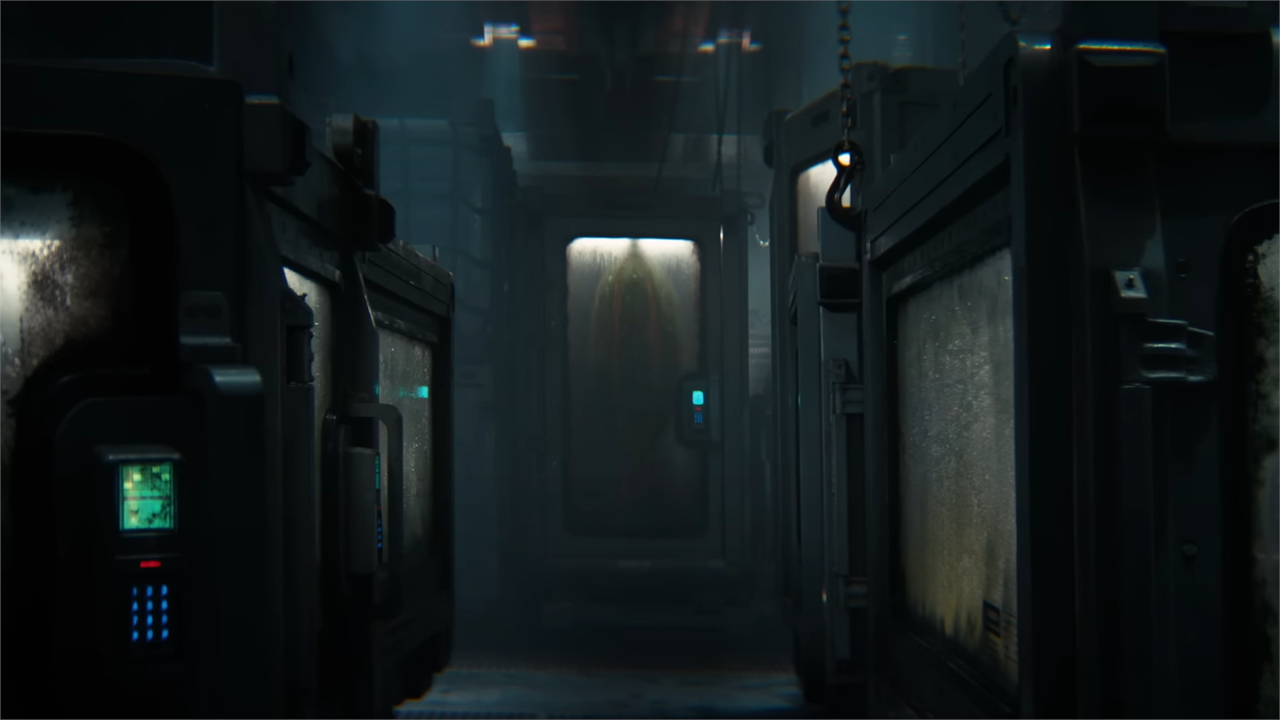
Alien: Earth – the franchise’s first foray into TV – is ready to take over Hulu, FX, and Disney Plus internationally on August 12. Well ahead of its two-episode premiere, we’ve been able to watch (and greatly enjoy) the entirety of Season 1.
We were blessed enough to check out the show early, and it’s an epic return to form for the Xenomorph — see our spoiler-free Alien: Earth review. We were also able to talk to series creator Noah Hawley (Fargo, Marvel’s Legion) and executive producer David W. Zucker (The Terror, Raised by Wolves) about bringing this iconic sci-fi monster to the small screen.
We asked Hawley, who directed two out of eight episodes and was a writer across the entire season, about the menagerie of grotesque beings taken from the darkest corners of space that come to Earth aboard the USCSS Maginot alongside the central Xenomorph lifeforms.
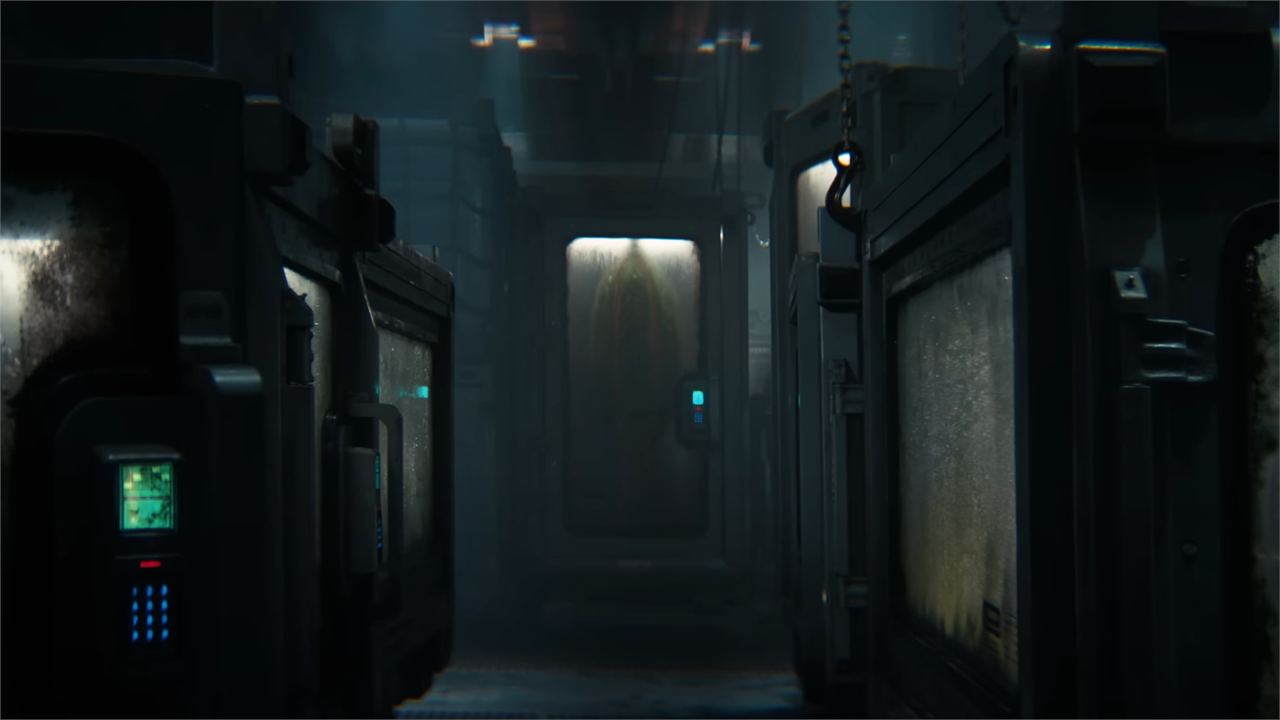
“They’re all born out of some anxiety that I or other humans have around parasitic life, about insects…” explains Hawley. ” I tried, like with the Xenomorph, which is four monsters in one, to think, ‘Alright, what happens when it reproduces? What does it eat?’ The things that you discover over the course of the series about each of these creatures is meant to mimic the feeling of discovery that you had when a facehugger became a chestburster and you were like ‘Where does it end?'”
Hawley says he didn’t aim to have a certain number of alien creatures in the show, but instead tried to create monsters that “serve a particular function” in the story.
Without revealing anything beyond what the trailers and spots have shown, it’s safe to say Hawley was successful at finding new ways to gross viewers out. You may be used to facehuggers, chestbursters, and rampaging adult Xenomorphs, but you really aren’t ready for some of the gnarliest moments in this show. The eyeball-like T. Ocellus is bound to become a fan-favorite..
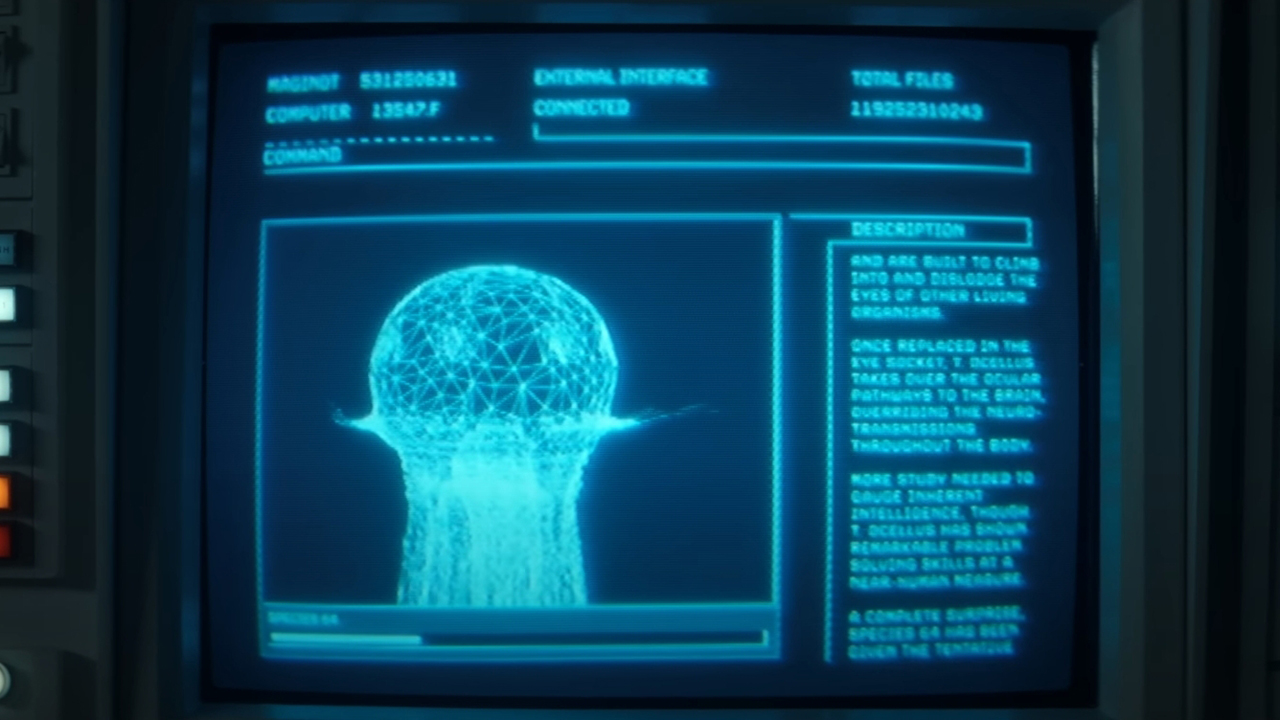
With such a star-studded cast, it begs the question of whether Hawley and his team had certain actors in mind from the get-go or auditioned for every single role. Zucker confirms the process was entirely “Noah’s vision” and the “casting process outside of (his) conversation with Tim (Olyphant) was wholly original” and audition-heavy. “For me, casting is always instinctual. I don’t picture actors when I’m writing because the characters need to be the characters… I come across someone watching a movie, or we get a tape in, and you feel like that person fills the space in my head,” Hawley adds.
The creative also points out the difficulty of “staffing up” an entire ship for one episode or casting five actors (on top of Sydney Chandler) who “play children in adult bodies.” As pointed out in our review, Alien: Earth is anything but lean when it comes to the full scope of its cast. Zucker adds that the benefit of casting a wide net was ending up with a “very international” roster of actors they wouldn’t have gotten otherwise, which led to “international appeal” that maybe wouldn’t have been there otherwise.
Lovers of sci-fi spaceships will also find plenty to love in the show, even if most of the action happens — you guessed it — on Earth. The USCSS Maginot feels familiar yet new, forgoing the fancy digital tech of the prequel Alien movies — Prometheus and Alien: Covenant — in favor of that cassette futurism style that made the original movies so iconic. The series states that it’s been journeying across outer space for decades; since the show starts in 2120 (two years before the original Alien), that makes the Maginot a 21st-century vessel. We asked Hawley about its nature and how the design came about.
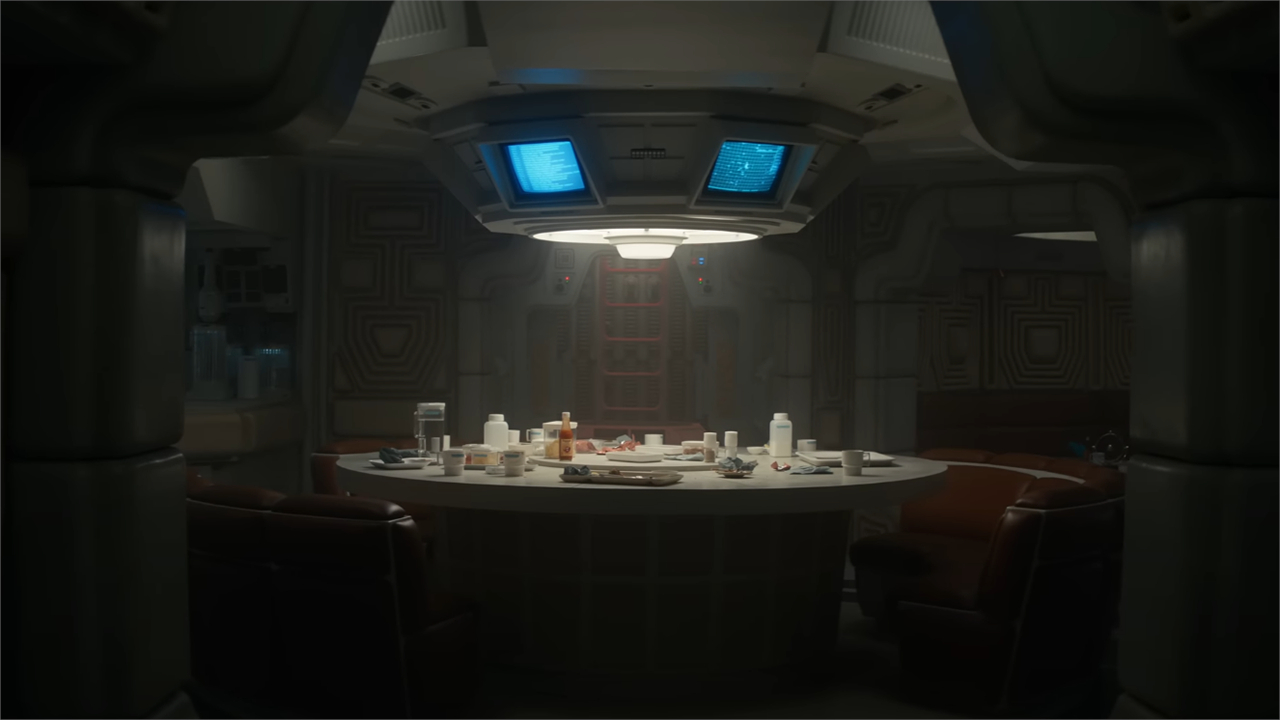
“It’s a different class of vessel. The Nostromo is basically a tugboat or a freighter that’s towing this iron ore or whatever it is across the galaxy. The Maginot is a science vessel, but built on the bones of a similar ship. Why reinvent the mess hall? Why not just make it standard across these vessels? I did that so you really felt the authenticity and echo of the first film and you realized that’s the film the show is engaged in a dialogue with,” he explains, confirming that the Nostromo was an old ship, or at least made up of recycled bits and chunks of spaceship designs that served Weyland-Yutani well in the past.
Alien: Earth will premiere on Tuesday, August 12, with the first two episodes available to stream on Hulu at 8 pm ET and on the FX linear channel at 8 pm ET/PT, and on Disney+ internationally on August 13. A new episode will premiere each following Tuesday on Hulu beginning at 8 pm ET and on FX at 8 pm ET/PT.
Stay Informed With the Latest & Most Important News
Previous Post
Next Post
-
 012024 in Review: Highlights from NASA in Silicon Valley
012024 in Review: Highlights from NASA in Silicon Valley -
 02Panasonic Leica Summilux DG 15mm f/1.7 ASPH review
02Panasonic Leica Summilux DG 15mm f/1.7 ASPH review -
 03How New NASA, India Earth Satellite NISAR Will See Earth
03How New NASA, India Earth Satellite NISAR Will See Earth -
 04And Thus Begins A New Year For Life On Earth
04And Thus Begins A New Year For Life On Earth -
 05Astronomy Activation Ambassadors: A New Era
05Astronomy Activation Ambassadors: A New Era -
06SpaceX launch surge helps set new global launch record in 2024
-
 07Space Force plans new ‘Futures Command’ amid pressure to speed up modernization
07Space Force plans new ‘Futures Command’ amid pressure to speed up modernization














